- myFICO® Forums
- FICO Scoring and Other Credit Topics
- General Credit Topics
- Re: Balance Amount Reported by Creditors
- Subscribe to RSS Feed
- Mark Topic as New
- Mark Topic as Read
- Float this Topic for Current User
- Bookmark
- Subscribe
- Mute
- Printer Friendly Page
Balance Amount Reported by Creditors
Is your credit card giving you the perks you want?
Browse credit cards from a variety of issuers to see if there's a better card for you.
- Mark as New
- Bookmark
- Subscribe
- Mute
- Subscribe to RSS Feed
- Permalink
- Report Inappropriate Content
Balance Amount Reported by Creditors
I have found that on ocassion a credit card creditor will report a current balance amount at the time they report to a credit bureau, rather than the prior ending statement balance amount. I always thought balances reported were always the ending statement amount in order to have a consistent utilization basis. Has anyone else noticed this? Thanks very much.
- Mark as New
- Bookmark
- Subscribe
- Mute
- Subscribe to RSS Feed
- Permalink
- Report Inappropriate Content
Re: Balance Amount Reported by Creditors
@Cazzieboy wrote:I have found that on ocassion a credit card creditor will report a current balance amount at the time they report to a credit bureau, rather than the prior ending statement balance amount. I always thought balances reported were always the ending statement amount in order to have a consistent utilization basis. Has anyone else noticed this? Thanks very much.
it's at the discretion of the creditor and their policies
US bank will report at the end of the month
Chase will re-report after being paid
Synchrony will often report run-up balances even outside the statement date (particularly for new customers?)
I assume all creditors will likely report if they suspect fraud, busting out etc.



Current FICO 8:



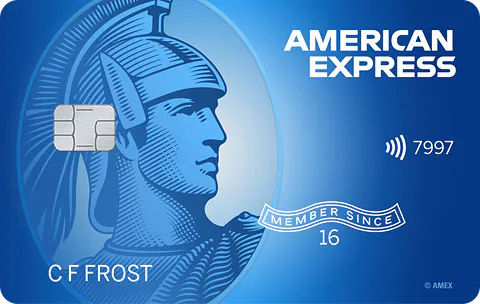








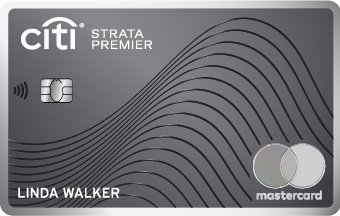












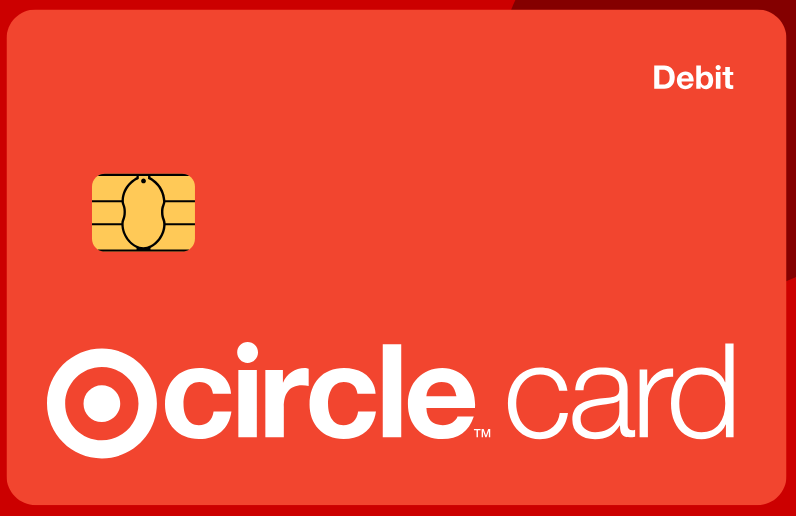

- Mark as New
- Bookmark
- Subscribe
- Mute
- Subscribe to RSS Feed
- Permalink
- Report Inappropriate Content
Re: Balance Amount Reported by Creditors
@Cazzieboy wrote:I have found that on ocassion a credit card creditor will report a current balance amount at the time they report to a credit bureau, rather than the prior ending statement balance amount. I always thought balances reported were always the ending statement amount in order to have a consistent utilization basis. Has anyone else noticed this? Thanks very much.
It depends on the lender. If you tell us which bank it is, we will probably figure it out.
While most lenders report the statement balance, there are exceptions to that.








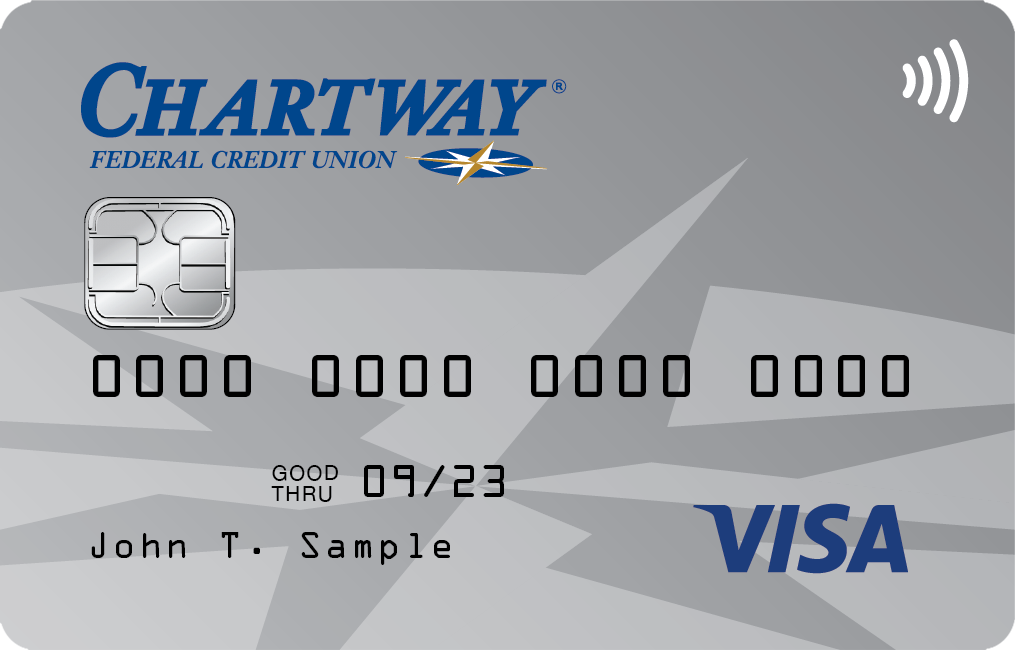


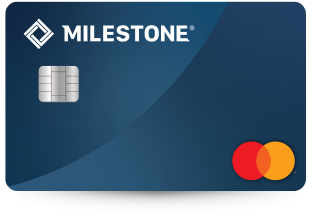






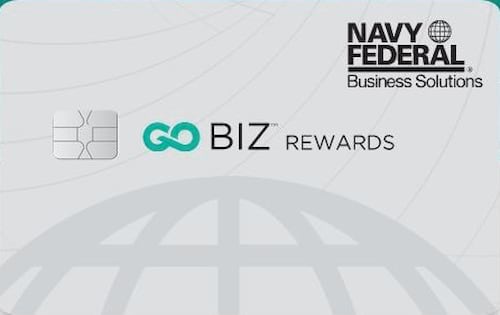
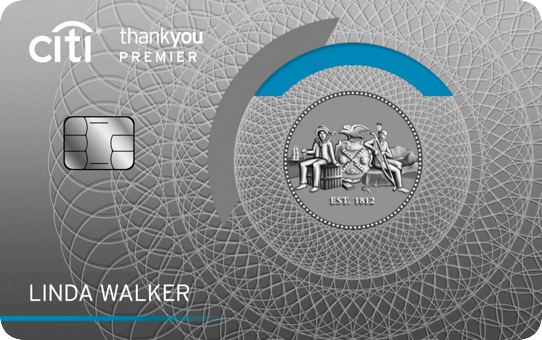






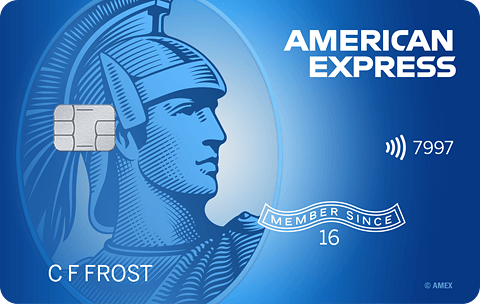




Total revolving limits 569520 (505320 reporting) FICO 8: EQ 689 TU 691 EX 682
- Mark as New
- Bookmark
- Subscribe
- Mute
- Subscribe to RSS Feed
- Permalink
- Report Inappropriate Content
Re: Balance Amount Reported by Creditors
Thanks guys for the replies. I guess some banks report current balances at the time of reporting, rather than prior ending statement balances. Can't think of a good reason for doing that as a normal reporting function. If I make a purchase for $1,000 and it's reported as my balance, as opposed to me paying off that $1,000 before the ending statement, that would cause a very significant ding on my score. I was dinged 15 points for that very scenario on a $25 current balance reporting.
- Mark as New
- Bookmark
- Subscribe
- Mute
- Subscribe to RSS Feed
- Permalink
- Report Inappropriate Content
Re: Balance Amount Reported by Creditors
@Cazzieboy wrote:Thanks guys for the replies. I guess some banks report current balances at the time of reporting, rather than prior ending statement balances. Can't think of a good reason for doing that as a normal reporting function. If I make a purchase for $1,000 and it's reported as my balance, as opposed to me paying off that $1,000 before the ending statement, that would cause a very significant ding on my score. I was dinged 15 points for that very scenario on a $25 current balance reporting.
You can't generalize. We need to know which lender it is.
Some report as of the 1st of the month, regardless of statement date.
Some report as of the 31st of the month, regardless of statement date.
I know one which reports on the 5th of the month, regardless of statement date.
I had one which for years reported at any time between the 29th of the month and the 7th day of the following month. It has since changed to reporting as of the 1st of the month.
Chase reports mid-cycle if a balance is paid down to zero.
Synchrony reports randomly.
So we need to know which lender(s) you are talking about.































Total revolving limits 569520 (505320 reporting) FICO 8: EQ 689 TU 691 EX 682
- Mark as New
- Bookmark
- Subscribe
- Mute
- Subscribe to RSS Feed
- Permalink
- Report Inappropriate Content
Re: Balance Amount Reported by Creditors
The lender is Goldman Sachs. But it's really not the point as I see it. What difference does it make to know the lender? My point on the issue concerns the utilization I want to maintain at 0%, or whatever the utilization target might be. If lenders are reporting balances other than ending balance amounts, it's a crap-shoot to try to manage utilization, right?
@SouthJamaica wrote:
@Cazzieboy wrote:Thanks guys for the replies. I guess some banks report current balances at the time of reporting, rather than prior ending statement balances. Can't think of a good reason for doing that as a normal reporting function. If I make a purchase for $1,000 and it's reported as my balance, as opposed to me paying off that $1,000 before the ending statement, that would cause a very significant ding on my score. I was dinged 15 points for that very scenario on a $25 current balance reporting.
You can't generalize. We need to know which lender it is.
Some report as of the 1st of the month, regardless of statement date.
Some report as of the 31st of the month, regardless of statement date.
I know one which reports on the 5th of the month, regardless of statement date.
I had one which for years reported at any time between the 29th of the month and the 7th day of the following month. It has since changed to reporting as of the 1st of the month.
Chase reports mid-cycle if a balance is paid down to zero.
Synchrony reports randomly.
So we need to know which lender(s) you are talking about.
? Thanks.
- Mark as New
- Bookmark
- Subscribe
- Mute
- Subscribe to RSS Feed
- Permalink
- Report Inappropriate Content
Re: Balance Amount Reported by Creditors
@Cazzieboy wrote:The lender is Goldman Sachs. But it's really not the point as I see it. What difference does it make to know the lender? My point on the issue concerns the utilization I want to maintain at 0%, or whatever the utilization target might be. If lenders are reporting balances other than ending balance amounts, it's a crap-shoot to try to manage utilization, right?
It depends on the lender, which is why they're asking that. If a lender reports regularly at a time other than statement cut, then it's still pretty easy to micromanage balances for utilization reporting, since you know when they're going to report, the same as you do for lenders that report on the statement cut date. If a lender reports irregularly, like Synchrony sometimes does, then it would be more of a "crap shoot", to some extent, if you need to be using that card at the same time you're trying to control utilization reporting.
I don't know specifically how Goldman Sachs report balances, but I'm sure others who do can answer.









- Mark as New
- Bookmark
- Subscribe
- Mute
- Subscribe to RSS Feed
- Permalink
- Report Inappropriate Content
Re: Balance Amount Reported by Creditors
To me it doesn't matter if a lender is consistent with a reporting date. If they always report the prior ending statement balance the reporting date is irrelevant .
@Slabenstein wrote:
@Cazzieboy wrote:The lender is Goldman Sachs. But it's really not the point as I see it. What difference does it make to know the lender? My point on the issue concerns the utilization I want to maintain at 0%, or whatever the utilization target might be. If lenders are reporting balances other than ending balance amounts, it's a crap-shoot to try to manage utilization, right?
It depends on the lender, which is why they're asking that. If a lender reports regularly at a time other than statement cut, then it's still pretty easy to micromanage balances for utilization reporting, since you know when they're going to report, the same as you do for lenders that report on the statement cut date. If a lender reports irregularly, like Synchrony sometimes does, then it would be more of a "crap shoot", to some extent, if you need to be using that card at the same time you're trying to control utilization reporting.
I don't know specifically how Goldman Sachs report balances, but I'm sure others who do can answer.
- Mark as New
- Bookmark
- Subscribe
- Mute
- Subscribe to RSS Feed
- Permalink
- Report Inappropriate Content
Re: Balance Amount Reported by Creditors
@Cazzieboy wrote:The lender is Goldman Sachs. But it's really not the point as I see it. What difference does it make to know the lender? My point on the issue concerns the utilization I want to maintain at 0%, or whatever the utilization target might be. If lenders are reporting balances other than ending balance amounts, it's a crap-shoot to try to manage utilization, right?
@SouthJamaica wrote:
@Cazzieboy wrote:Thanks guys for the replies. I guess some banks report current balances at the time of reporting, rather than prior ending statement balances. Can't think of a good reason for doing that as a normal reporting function. If I make a purchase for $1,000 and it's reported as my balance, as opposed to me paying off that $1,000 before the ending statement, that would cause a very significant ding on my score. I was dinged 15 points for that very scenario on a $25 current balance reporting.
You can't generalize. We need to know which lender it is.
Some report as of the 1st of the month, regardless of statement date.
Some report as of the 31st of the month, regardless of statement date.
I know one which reports on the 5th of the month, regardless of statement date.
I had one which for years reported at any time between the 29th of the month and the 7th day of the following month. It has since changed to reporting as of the 1st of the month.
Chase reports mid-cycle if a balance is paid down to zero.
Synchrony reports randomly.
So we need to know which lender(s) you are talking about.
? Thanks.
No it's not generally a crap shoot; most lenders pick the balance from a single, specific date each month, and that's what they report. If it's Synchrony it's a crap shoot, but with others no it isn't. I don't personally have experience with Goldman Sachs, but I'm sure some folks can now chime in and tell you what Goldman's reporting practice is.
It's possible that you could call up and find out. But it's also possible that a CSR will give out wrong information. I'm sure a MyFICO'er will chime in and let us know how Goldman reports.































Total revolving limits 569520 (505320 reporting) FICO 8: EQ 689 TU 691 EX 682
- Mark as New
- Bookmark
- Subscribe
- Mute
- Subscribe to RSS Feed
- Permalink
- Report Inappropriate Content
Re: Balance Amount Reported by Creditors
@Cazzieboy wrote:
The lender is Goldman Sachs. But it's really not the point as I see it. What difference does it make to know the lender? My point on the issue concerns the utilization I want to maintain at 0%, or whatever the utilization target might be. If lenders are reporting balances other than ending balance amounts, it's a crap-shoot to try to manage utilization, right?
? Thanks.
Issuers are not concerned with you wanting to report low utilization or doing AZEO
However they each have a method, not a crap shoot !
If wanting to control utilization you need to know :
1) Each issuers due and reporting date, or reporting date range.
2) Stop using card to let pending post.
3) Pay what you want to control that cards utilization.
4) Don't start using card until after it reports.
* The Bad :
You lose time that you can use that card. (up to 50%)
You lose points or cashback if you don't have other card's with same rewards for moved spend
You need reminders or spread sheet to manage start-stop-payment dates- flip card set, etc.
*
Things that make things easier for many ;
Some just need minor utilization lowering, multiple monthly payments with out doing AZEO. Push payments: (Can overpay, keep using card for rewards, keep full rewards, have a smaller card set, and still do AZEO). Get lot, and lots of reward cards and move dates so same rewards are on cards far enough apart to rotate your spend between. Not worry about Fico Score until you are planing a new card or loan.
Moving due dates, lets you pick to a date that will work better for you. Some CU's and Banks use a date near/at/around end of month or 1st for non movable statements and/or reporting. If you move all movable due date's to late in the month, this aligns them close to the non-movable dates.
Doing AZEO and![]() r wanting an exact utilization reporting requires work.
r wanting an exact utilization reporting requires work.
I no longer play with utilization numbers or practice AZEO.
After trying many methods, I settled on push payments and moving all due dates near end of month. Lot's of other ways, however I found that it worked for me. (YMMV) ![]()